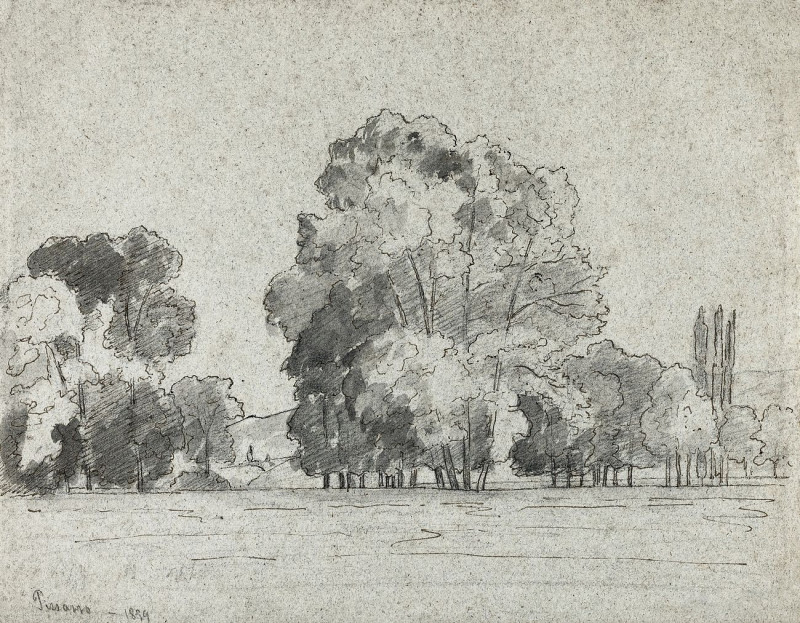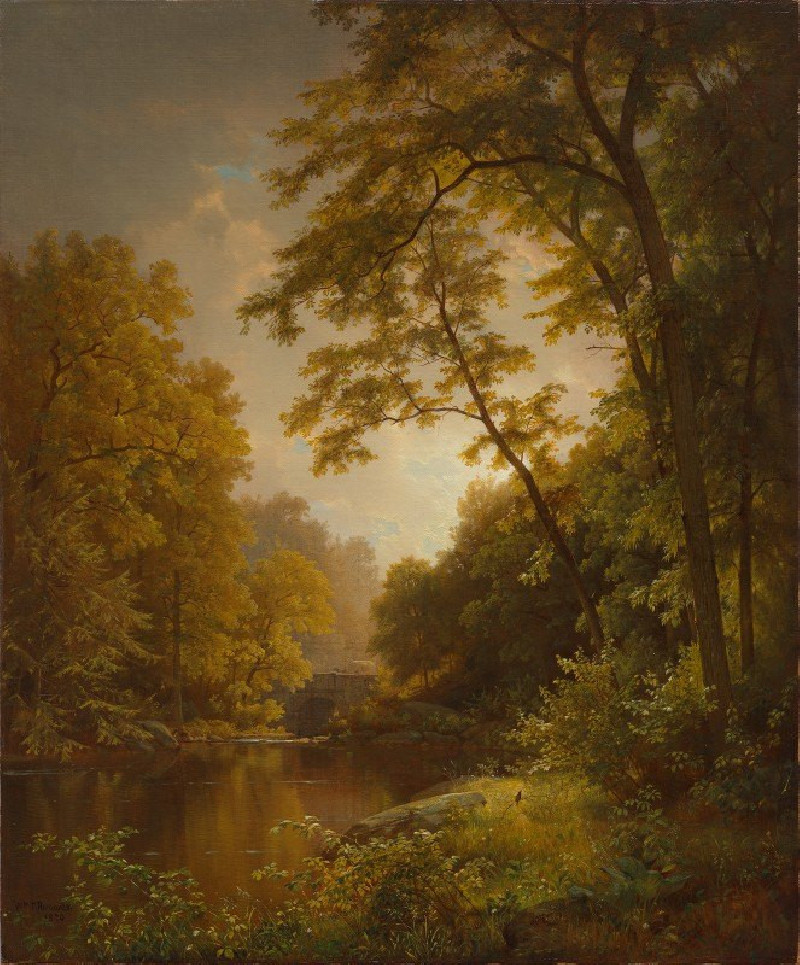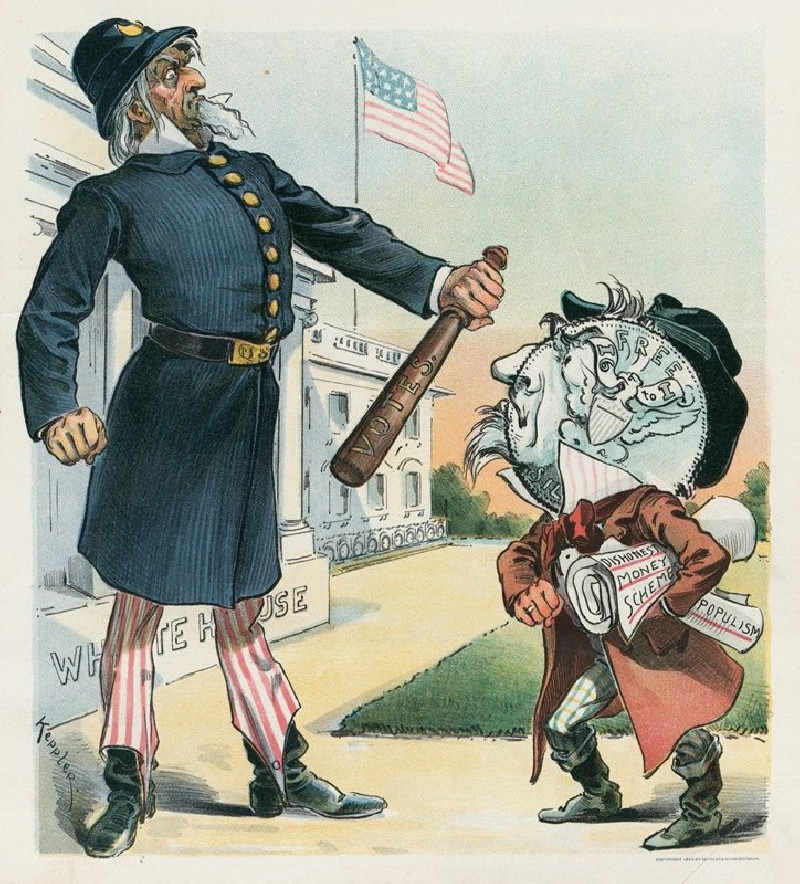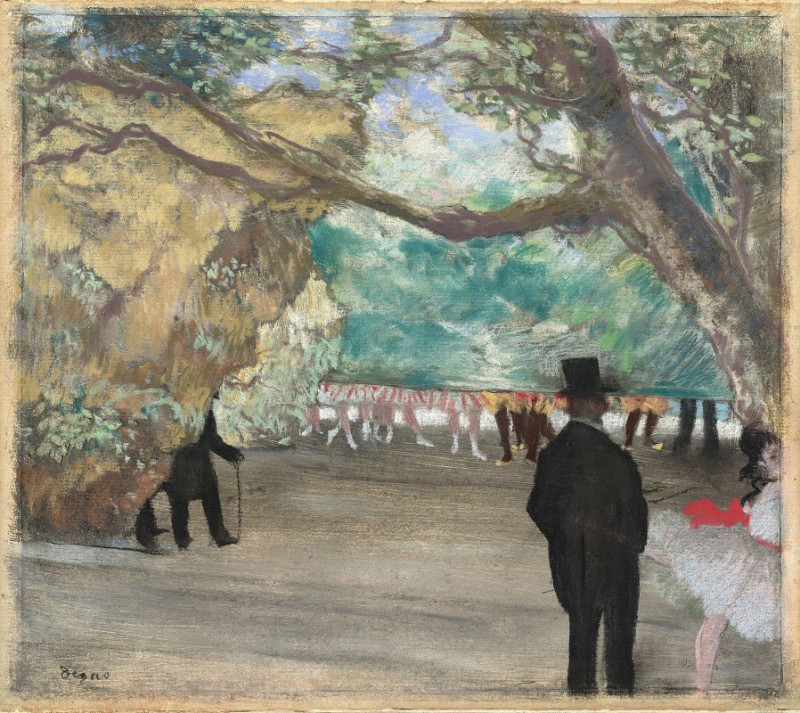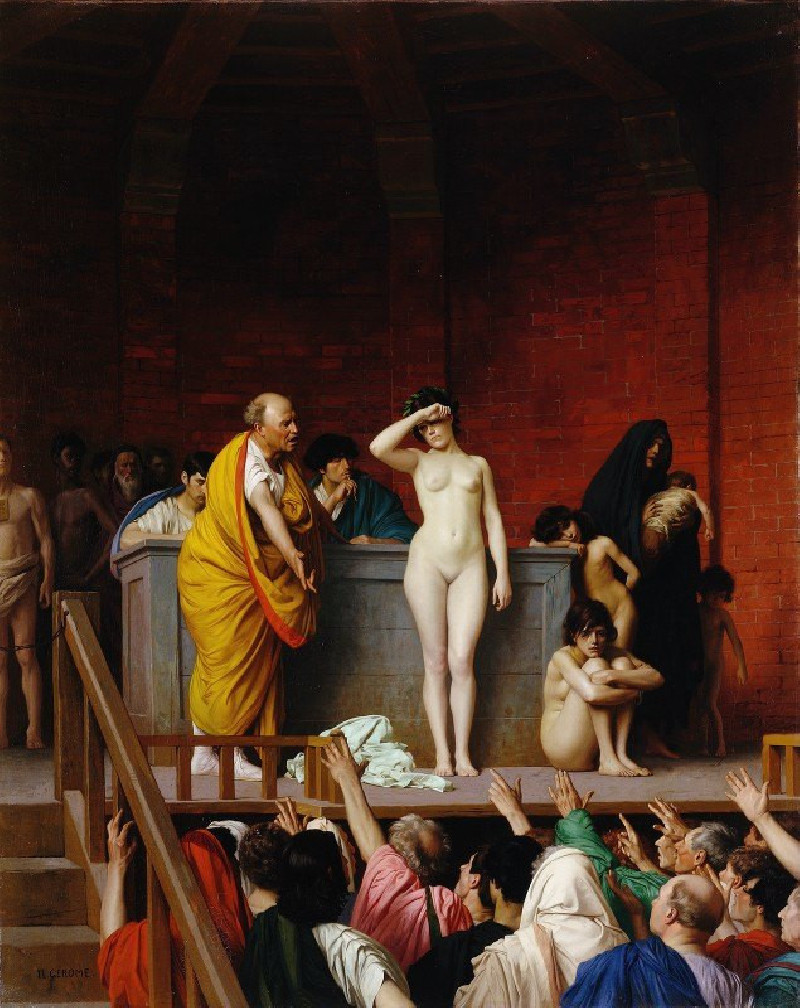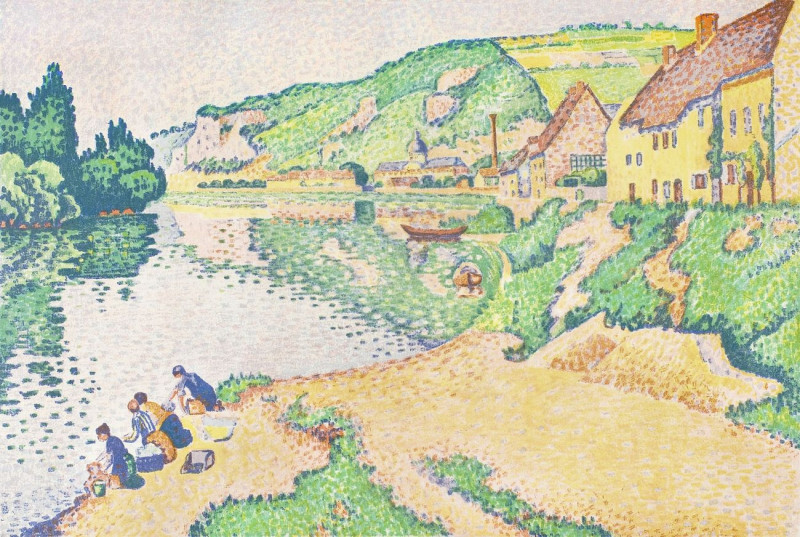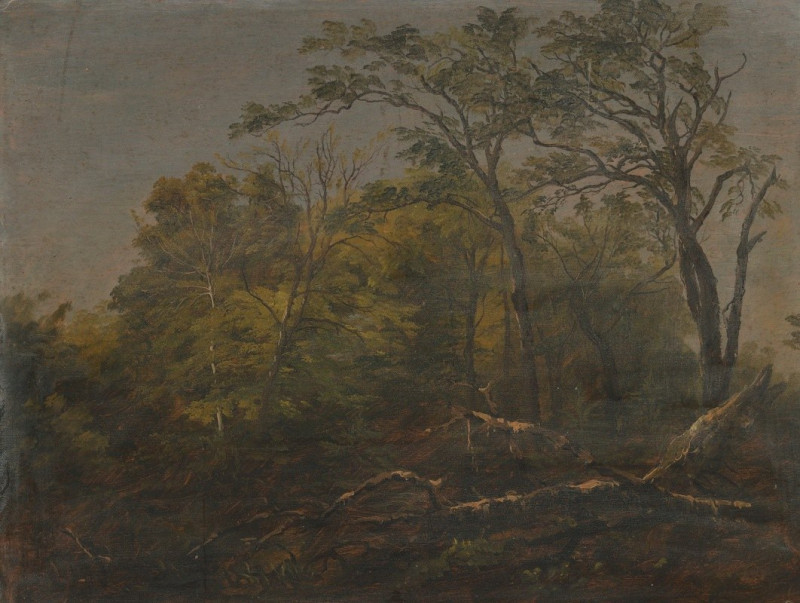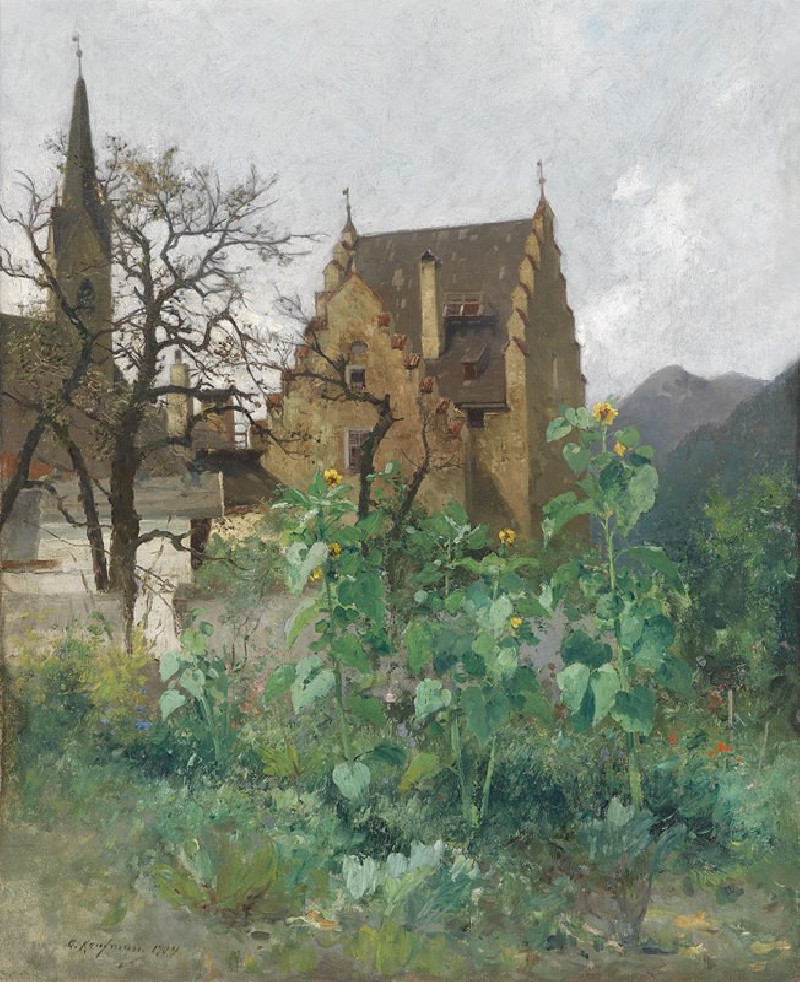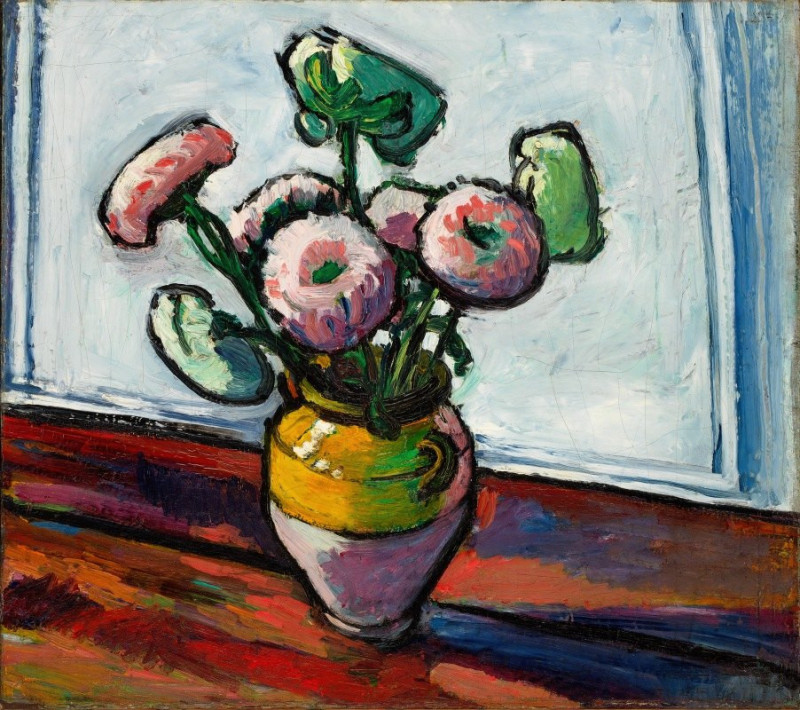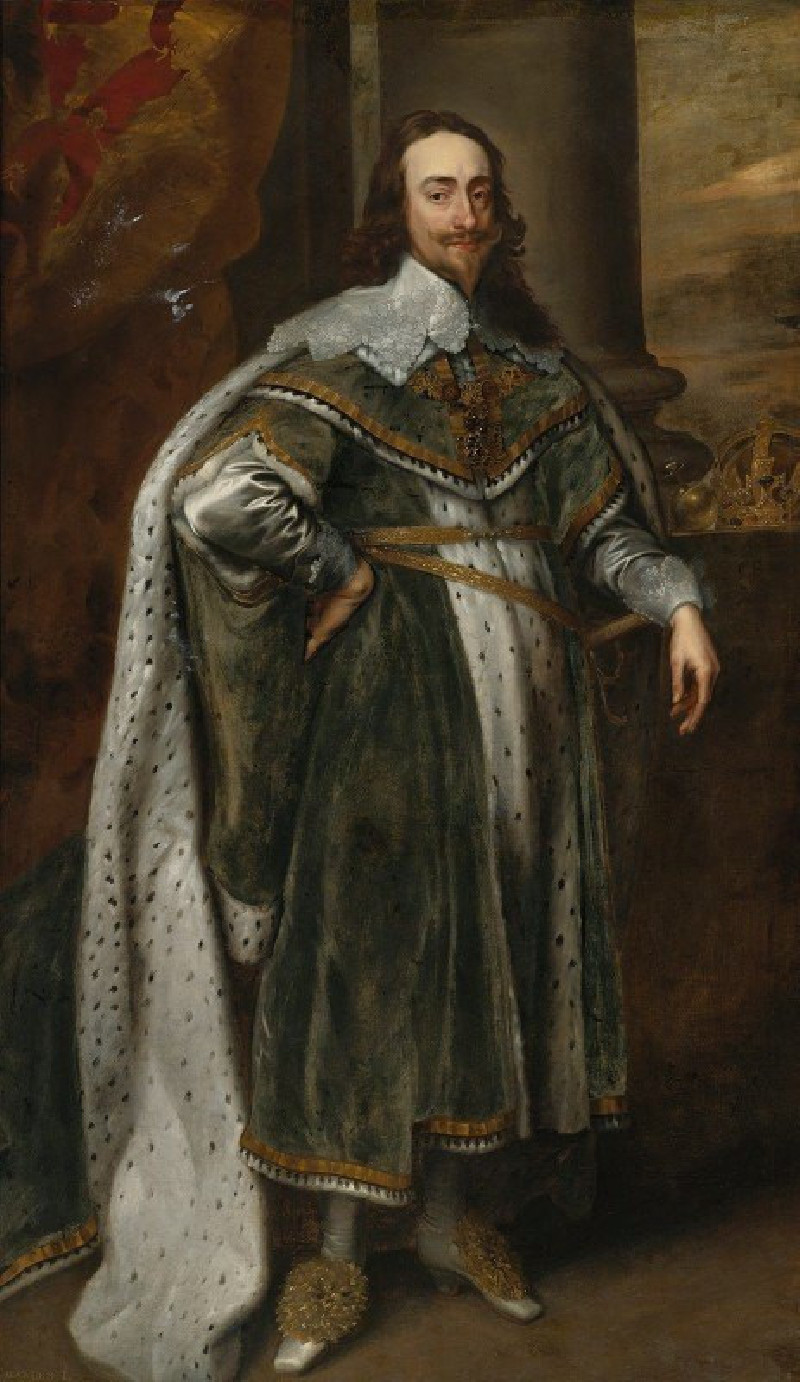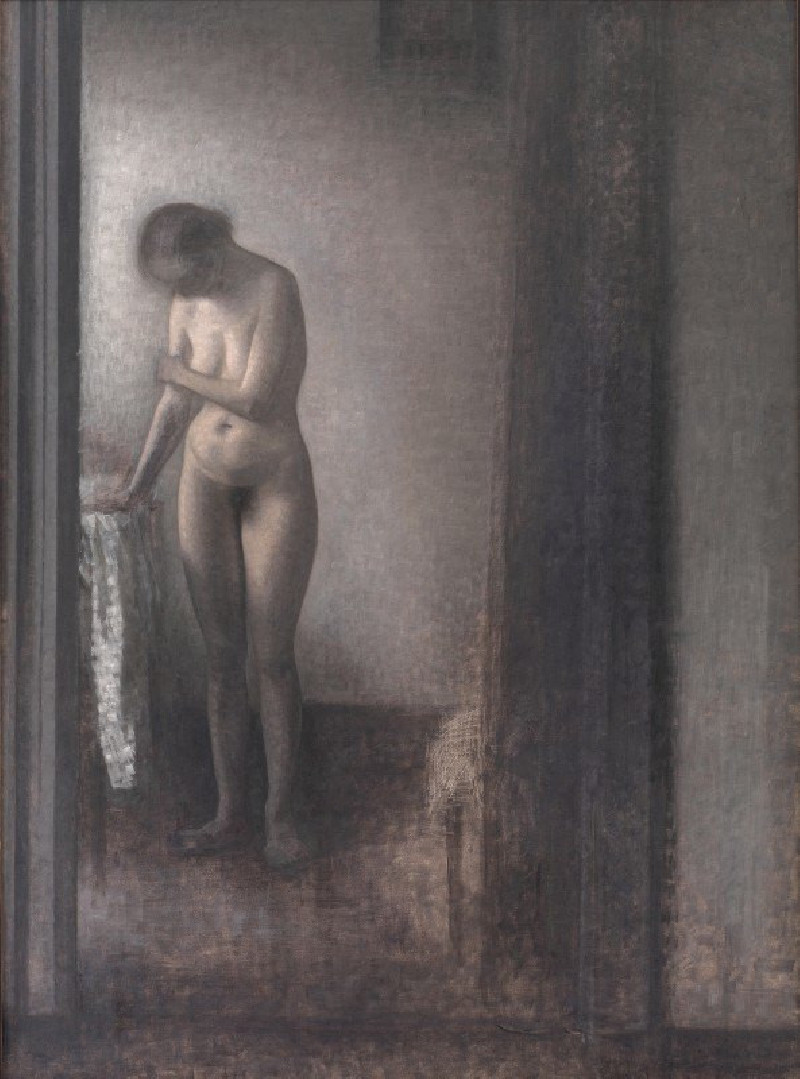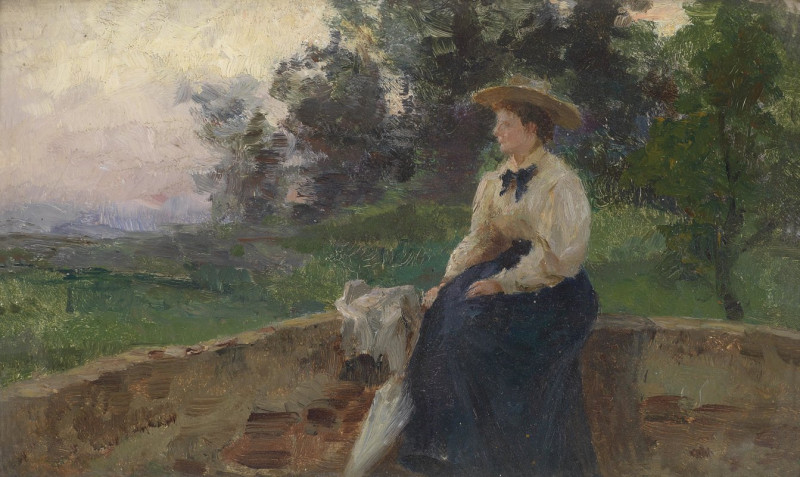Grove Of Trees
Technique: Giclée quality print
Recommended by our customers
More about this artwork
The painting "Grove of Trees" by Camille Pissarro portrays a serene and textured landscape entirely focused on a cluster of robust, leafy trees. Created in 1894, the work is likely a sketch, executed with ink on paper, capturing the essence of a lush countryside scene.Pissarro's technique reveals his adept handling of light and shadow through the dense foliage, where contrasts and fine details bring the grove to life. The foreground is minimally detailed, allowing the trees to dominate the composition. The background suggests an expansive vista with lighter sketches of distant trees and possibly a farm or rural structure, all contributing to the depth and atmosphere typical of Pissarro's style.The individual trees are rendered with varied brushstrokes, conveying different textures and movements of the leaves and branches, which might be swaying gently in the wind. The artist’s signature, distinctly visible at the bottom left of the sketch, attributes authenticity to this tranquil portrayal of natural scenery.Pissarro, a pivotal figure in the Impressionist movement, often depicted rural landscapes using such light, swift techniques, which emphasized the transient effects of light and atmosphere. This painting, with its relaxed, informal composition and strokes, reflects his continual fascination with nature and his mastery in capturing its transient beauty.
Delivery
Returns
Blessed are they who see beautiful things in humble places where other people see nothing. — Camille Pissarro
Camille Pissarro (1830-1903) was born on St.Thomas (now the US Virgin Islands) to a Portuguese father and a Dominican mother. He went to Paris to study art at Ecole des Beaux-Arts. He was an early pioneer of pointillism and neo-impressionism and later became a mentor of many famous impressionist painters including Cezanne, Manet, Renoir, and Gauguin. His paintings depicted rural and urban French landscapes and lifestyle. Many of his works politically captured images of peasants and laborers. Today, he is considered the father of impressionism.

